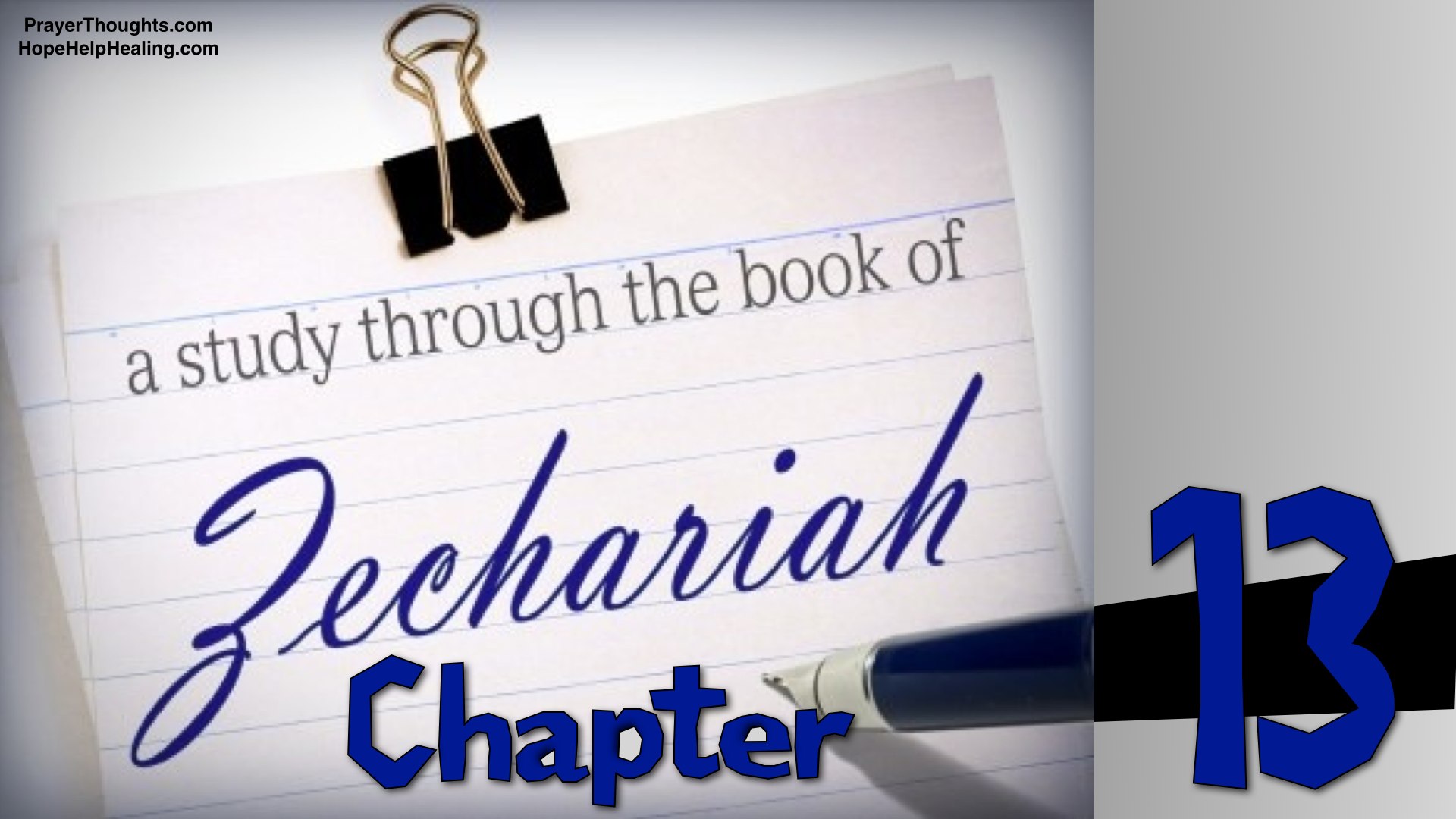Daniel 9:24–27 speaks of two anointed ones?
Daniel 9:24–27 speaks of two anointed ones
It is possible that the text does speak of two anointed ones, the first in 9:25 and the second in 9:26. This depends on how the seventy weeks of years are divided (see above, 4.20). This does not present a problem, however, since it is clear that (1) if there are two anointed ones, the second anointed one is the Messiah, and (2) the Messianic era had to be inaugurated before the Second Temple was destroyed, thus pointing decisively to Jesus as the key figure of whom the text speaks.
I can understand why this could seem like a significant objection to some readers, since a number of Christian translations see only one anointed one in the text, namely, Jesus. And according to these translations (as noted above, 4.19–4.20), this anointed one will appear at the end of a period of 483 years (49 + 434), culminating around the time of Jesus. But if the text speaks of an anointed one who is active after a period of 49 years, it could not possibly be Jesus, since this anointed one would have to live for more than 434 additional years if it is one and the same person. This is, quite obviously, totally preposterous, and it would necessitate the appearance of two anointed ones, not just one. It would also mean that mashiach should not be rendered in either case as “Messiah”—unless someone believed that Daniel spoke of two Messiahs! In light of these arguments, I do recognize the force of this objection.
In reality, however, there is no problem with this objection at all. If Daniel 9:24–27 speaks of only one anointed one who lived and died in the first century C.E. (see above, 4.21), that anointed one is Yeshua. If Daniel 9:24–27 speaks of two anointed ones, one living in the fifth century B.C.E. and the other living and dying in the first century C.E., the second one is Yeshua. It’s that simple. As for the question of the proper translation of mashiach in this passage, we have agreed that it is going too far to render this as “the Messiah.” At the same time, however, we have pointed out that the specific anointed one who will be cut off and have nothing (Dan. 9:26) is, in fact, the Anointed One par excellence, the Messiah.
It’s also worth noting that Daniel 9:24–27 makes reference to a mashiach nagid (“an anointed ruler” or “the anointed ruler”; 9:25); a mashiach (“anointed one”; 9:26); and a nagid (“ruler”; 9:26). It is possible, then, that the text is speaking of three different people, two of whom are called rulers (the first and the last), and two of whom are called anointed ones (the first and the second). There are several different players involved in this divine drama! The one who fulfills what is promised in Daniel 9:24 (see above, 4.19), however, is the most important individual in this drama, the one who alone is recognized around the world as the mashiach. A careful review of the previous three objections should make this abundantly clear.
Still, it is only fair to ask, If there are two anointed ones spoken of in the text, who is the first one? And for the sake of argument, if the second one is not Yeshua, then who is it? Candidates for the first anointed one include the Medo-Persian king Cyrus among non-Israelites and either Joshua the high priest or Zerubbabel the governor (spoken of throughout Ezra and Nehemiah, as well as in the Book of Zechariah) among Israelites. None of these figures, however, can be decisively identified as the anointed leader of whom the text speaks, nor is there a rock-solid interpretation that explains how the forty-nine-year period beginning with Daniel 9:25 ends with any of them. Some of them are certainly potential candidates, but there are either chronological problems (as in the case of Cyrus)210 or problems in determining exactly why the text singled them out or how someone would identify them as the anointed one in question. Why them?
The point of this is simple: While it is certainly possible that Daniel 9:24–27 speaks of two anointed ones rather than one Anointed One (= Messiah), it is difficult to see why the first one was mentioned at all, especially in the context described (i.e., coming after a period of forty-nine years). This suggests that it is fair to revisit the traditional Christian division of the weeks suggested above (4.18 and 4.20), since that interpretation puts the emphasis on the proper division of the years (49 years for the rebuilding of Jerusalem, followed by 434 years until the Messiah’s death) and explains why such emphasis was placed on this mashiach.
As to the question of the identity of some of the non-Messianic candidates for the second anointed one—whose death is described in Daniel 9:26—reference is often made to the high priest Onias III, who was displaced by his brother Jason in 172 B.C.E. and then killed by Menelaus in 171 B.C.E. A later candidate would be King Agrippa I, who died in 44 C.E. However, the association with Onias III is based on the assumption that Daniel got his chronology entirely wrong (see above, 4.19), while the association with Agrippa I, which is the most common view among traditional Jewish interpreters, fails to explain why he would be singled out as a special anointed one whose death was of such significance. More important, it would mean that the Anointed One whose atoning death changed the course of world history, the candidate who fits the chronological data to a tee, was bypassed entirely in favor of a man whose death about fifteen years later was of no lasting significance at all.211 Similar questions could be raised about the other potential candidates who allegedly answer to the description of the anointed one mentioned in Daniel 9:26, a man whose death occurred shortly before the destruction of the Second Temple.
To repeat our premise, then, we can safely state that (1) if the text speaks of two anointed ones, the second of these two is Jesus the Messiah, and (2) if the text speaks of one anointed one, all the more can we be sure that it refers to our Messiah and King. Honestly, now, can anyone claim that there is one candidate who even remotely displaces Yeshua as the obvious, central subject of the text? I think not.
210 A potential candidate such as Cyrus, who was a key mashiach in biblical Jewish history, is disqualified because of chronological issues, since there is no valid way to begin the terminus a quo of Daniel 9:25 (received by revelation from the angel Gabriel somewhere around 539 B.C.E.) with a date 49 years before Cyrus (who issued his decree to rebuild the Temple in the year 539 B.C.E.)!
211 Gerald Sigal also makes the odd claim that the second anointed one mentioned in the text is Alexander Yannai, the ruthless high priest who led Israel from 103 to 76 B.C.E. There are, however, insuperable difficulties with this interpretation: (1) Since Cyrus cannot be the mashiach mentioned in Daniel 9:25, Alexander cannot be the mashiach who is cut off 434 years after Cyrus. (2) Even using Sigal’s dating (“The first seven weeks ends in 537 B.C.E. The second segment of the Seventy Weeks period, sixty-two weeks in length, covered by verse 26, culminates in 103 B.C.E.”), why does this period culminate with the beginning of Yannai’s reign rather than the end of his reign, his alleged “cutting off”? (3) Aside from the fact that the identification of Alexander Yannai is quite tenuous (why single him out, and why point to someone in whose lifetime what was written in Daniel 9:24–27 did not take place?), Sigal’s explanation of being cut off and having nothing is bizarre, since nothing unusual is recorded about Yannai’s death. Thus, he must argue that the verb yikkaret here means “suffer the penalty of excision” (as in “being cut off” for certain sins in the Torah), claiming that, “The penalty accompanying karet is here aptly described as ‘to have nothing,’ or ‘be no more.’ ” This is impossibly forced, since being cut off and having nothing (or being no more) unquestionably speaks of death (as widely recognized by Jewish commentators and translators). Not only so, but the only definitive evidence that Alexander Yannai suffered this alleged penalty of excision is that Sigal says he did! See concisely <http://www.jewsforjudaism.org/j4j-2000/html/reflib/dan9120.html>
Brown, M. L. (2003). Answering Jewish objections to Jesus, Volume 3: Messianic prophecy objections (109). Grand Rapids, Mich.: Baker Books.

